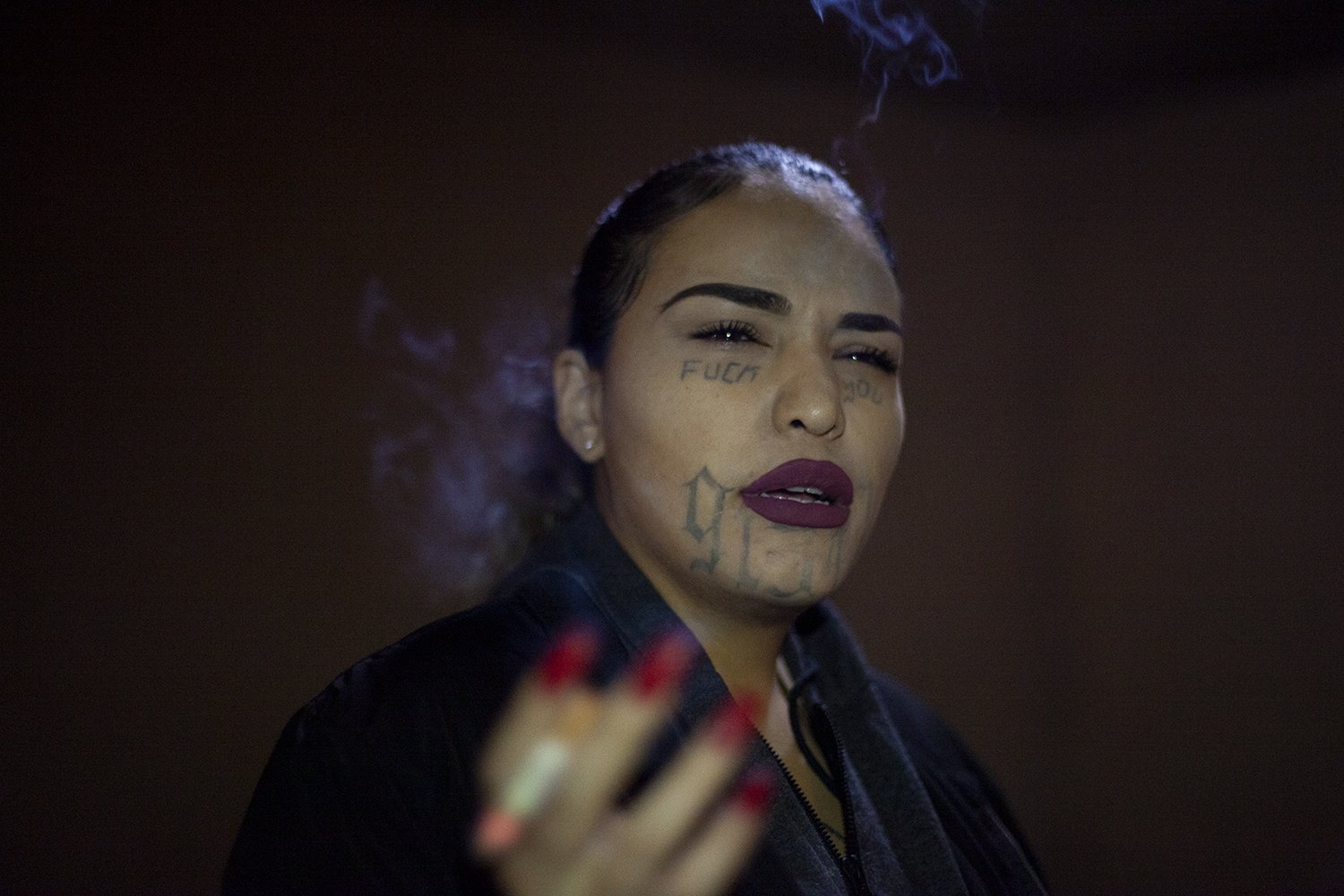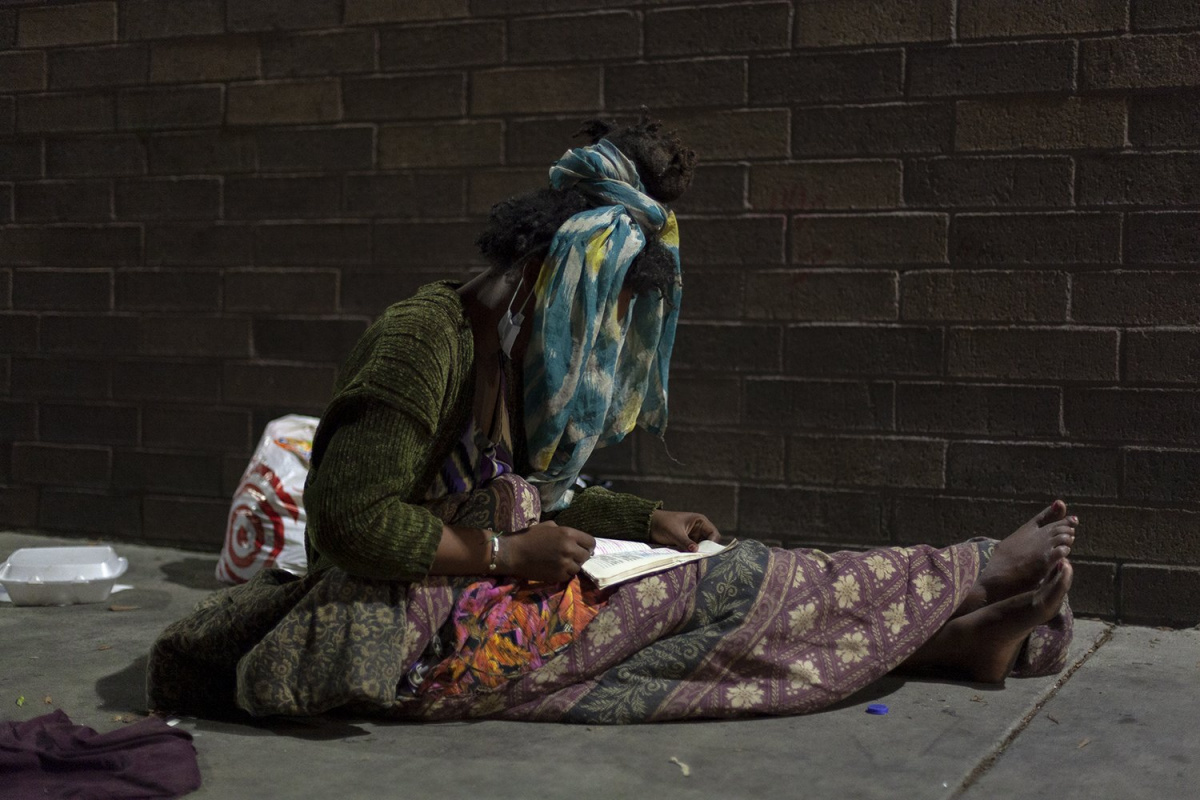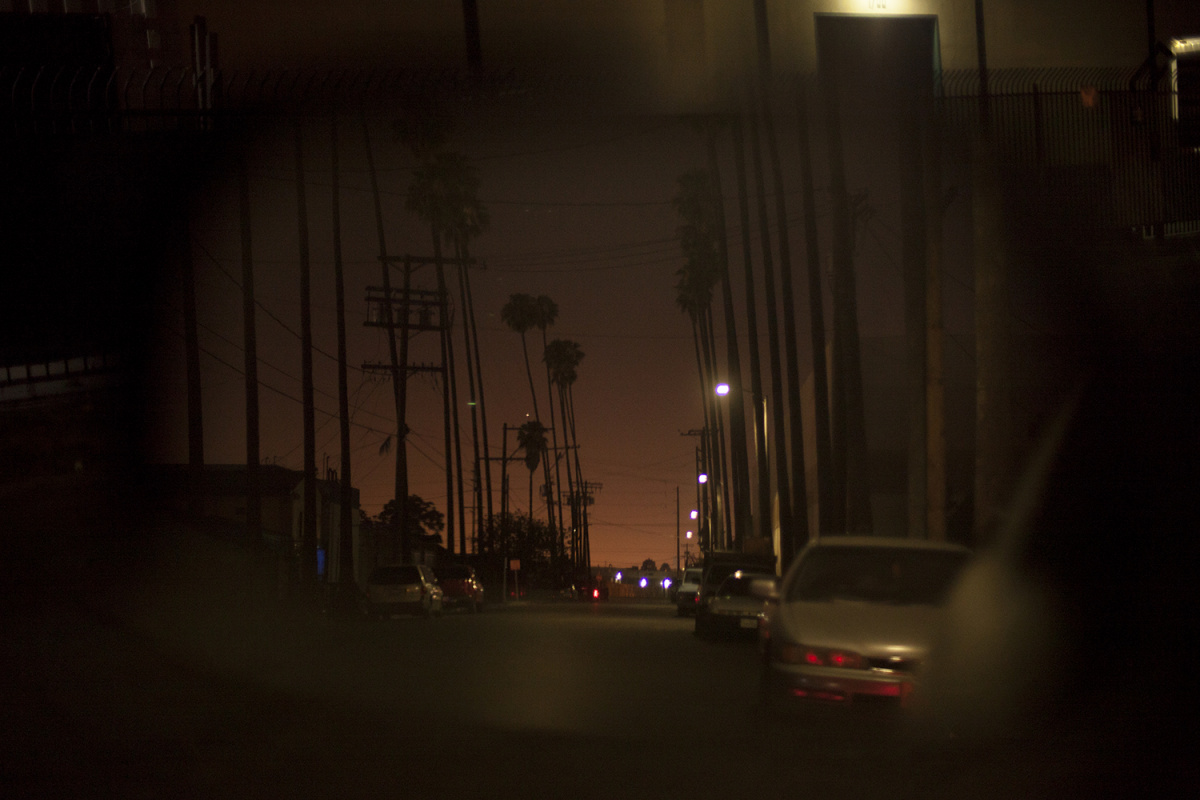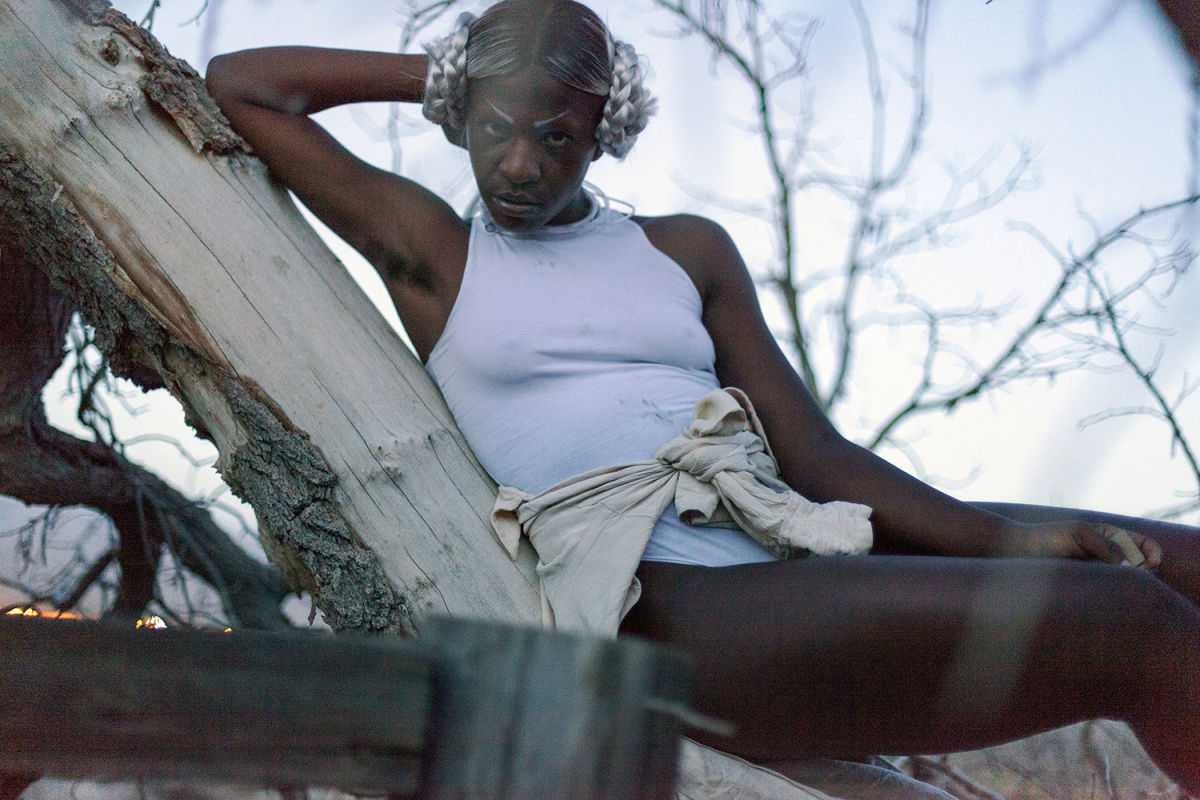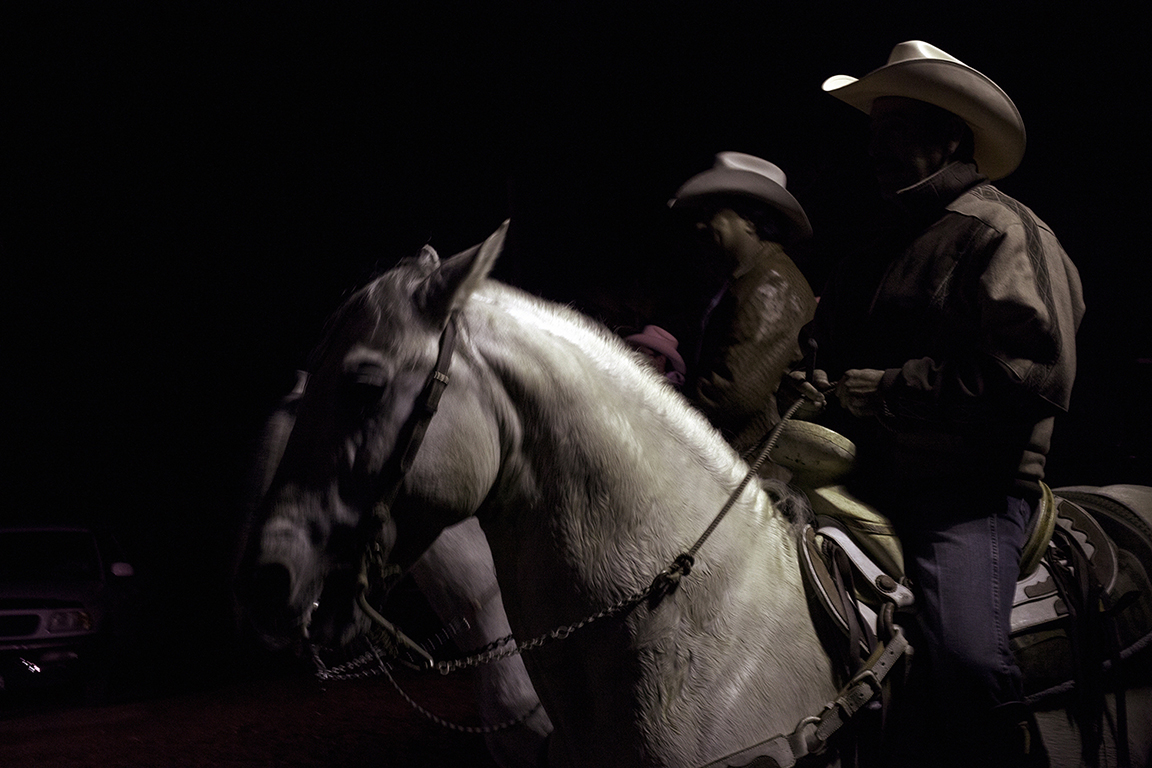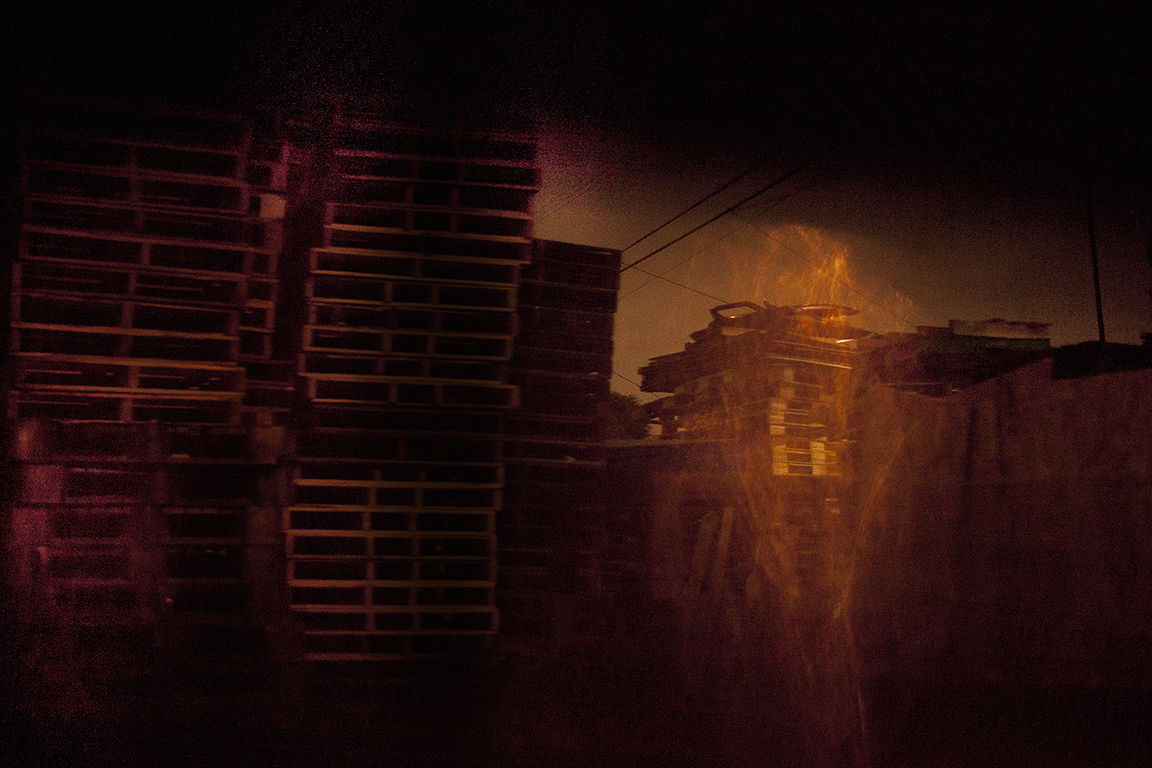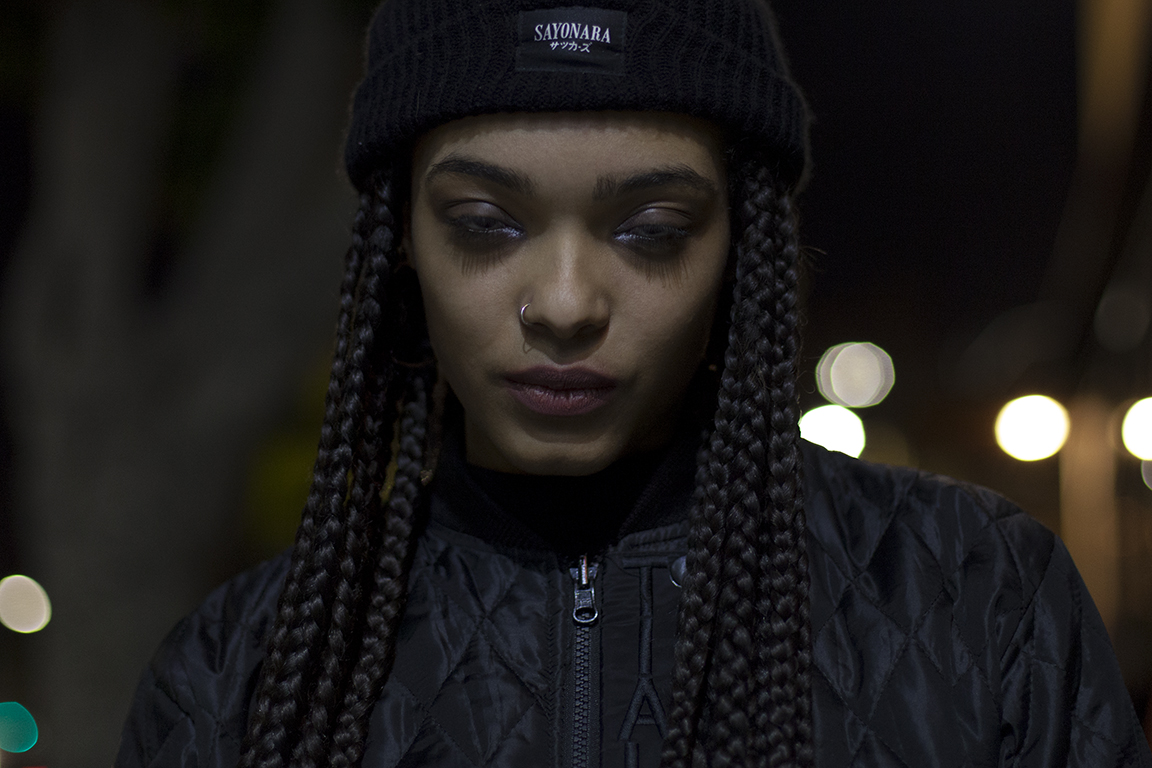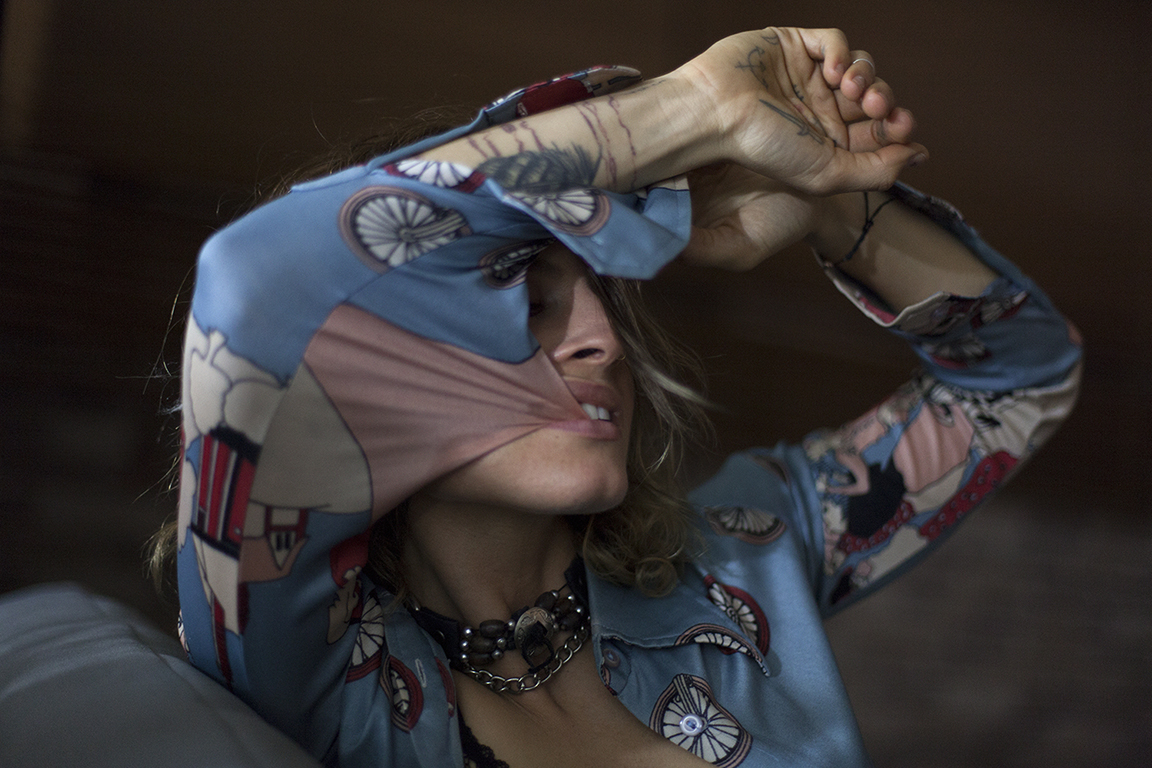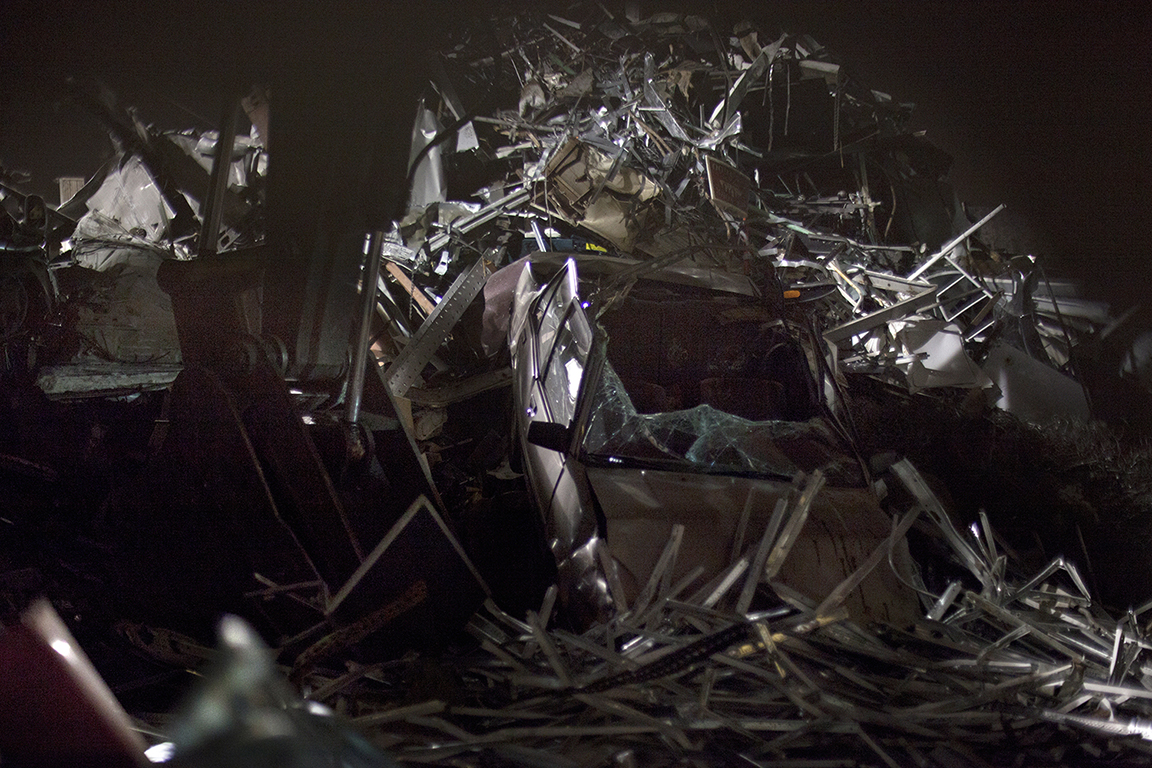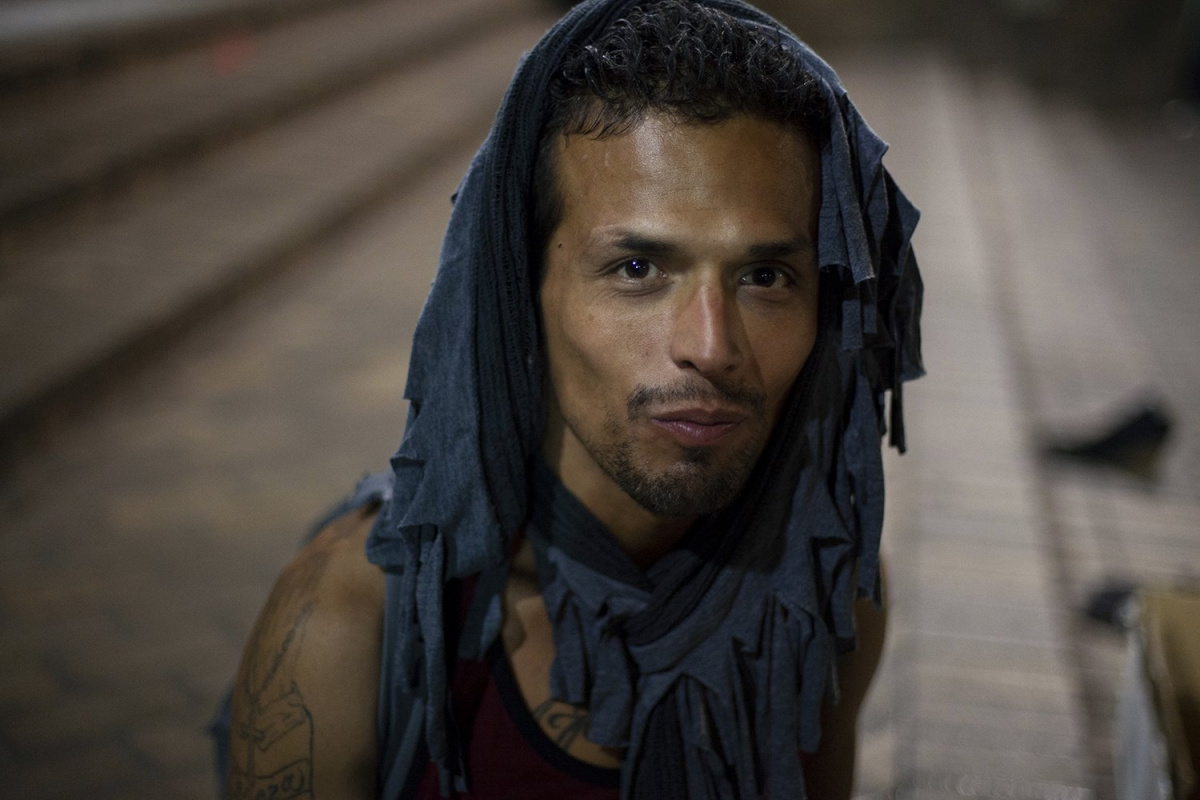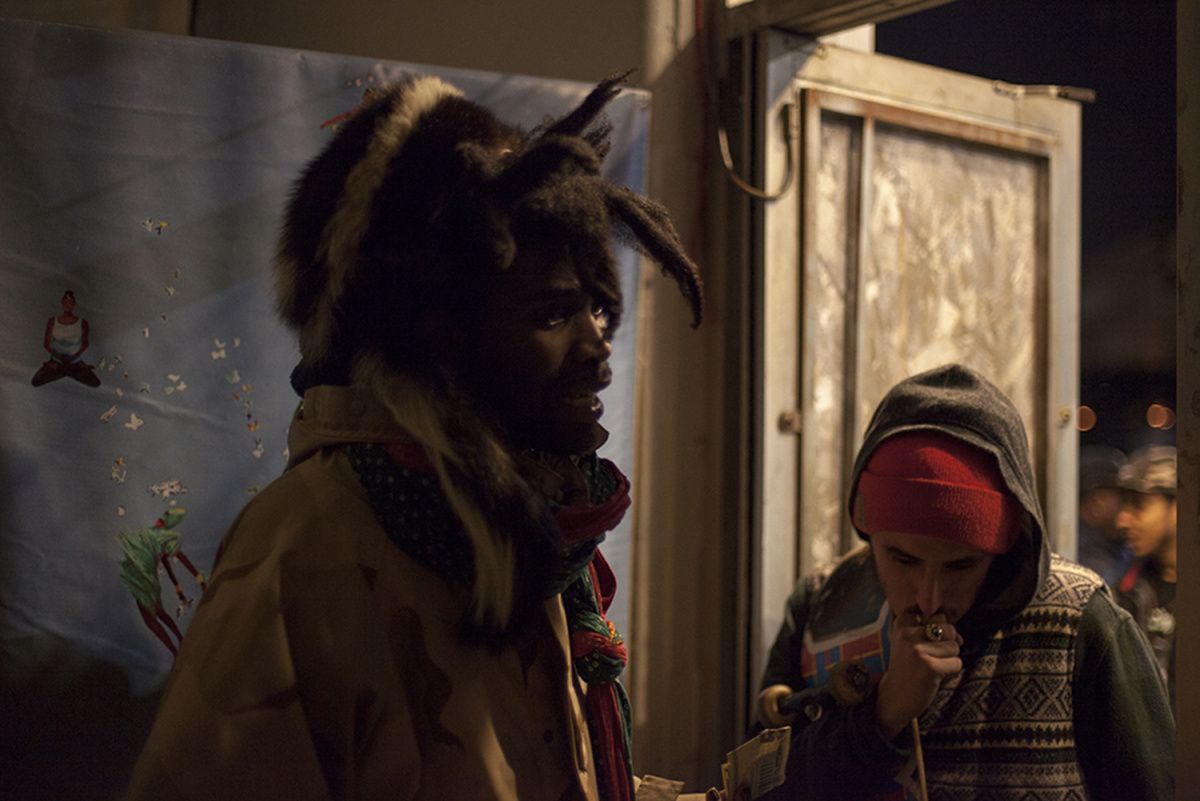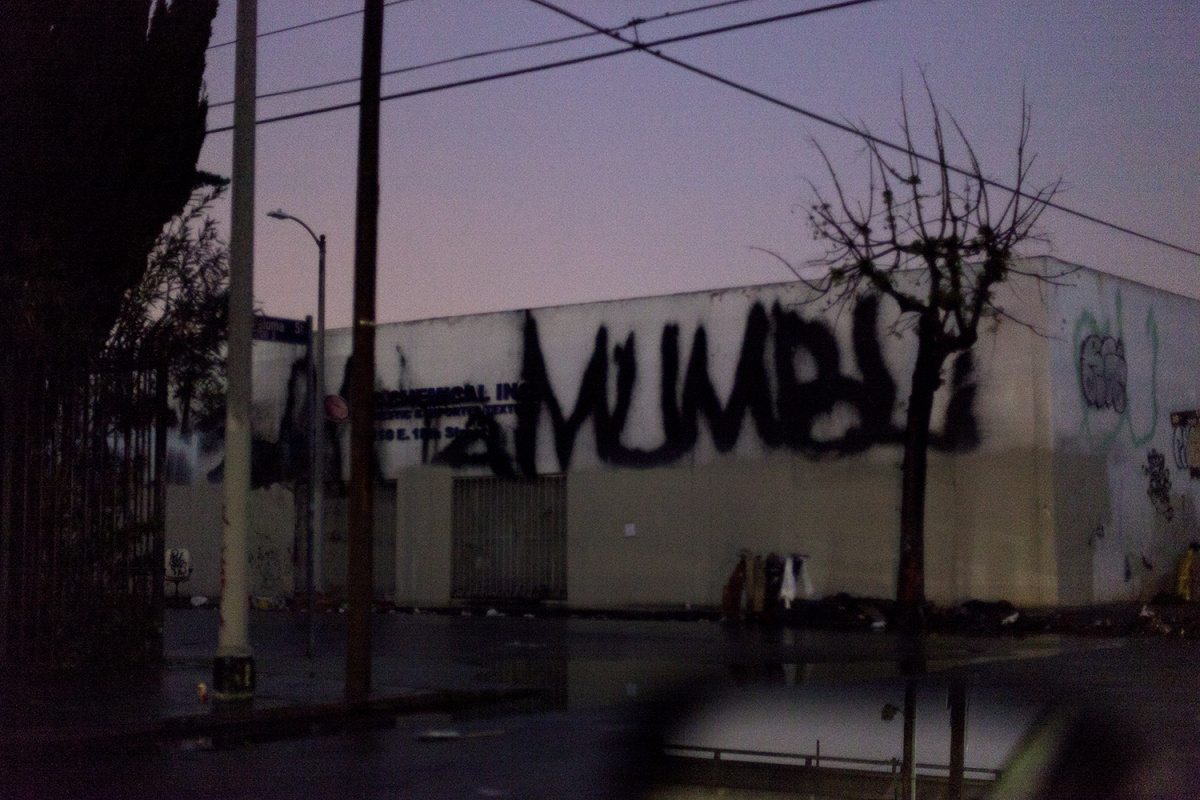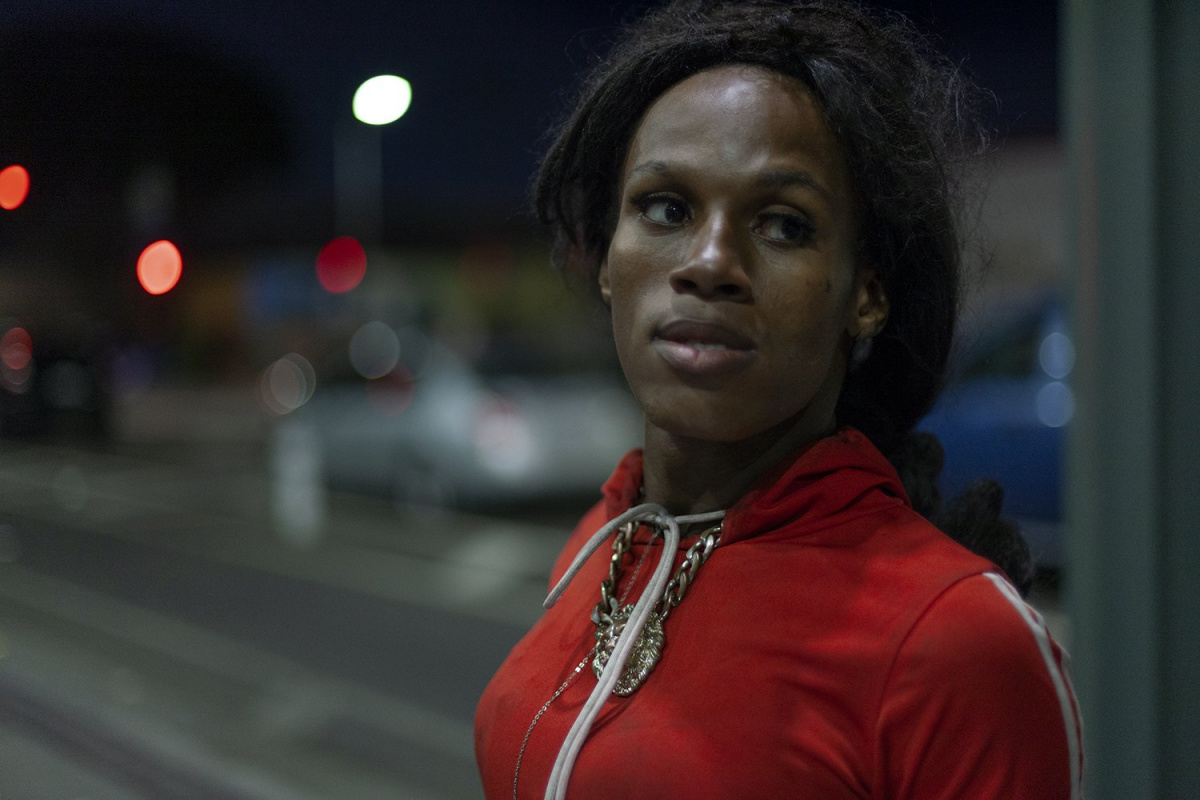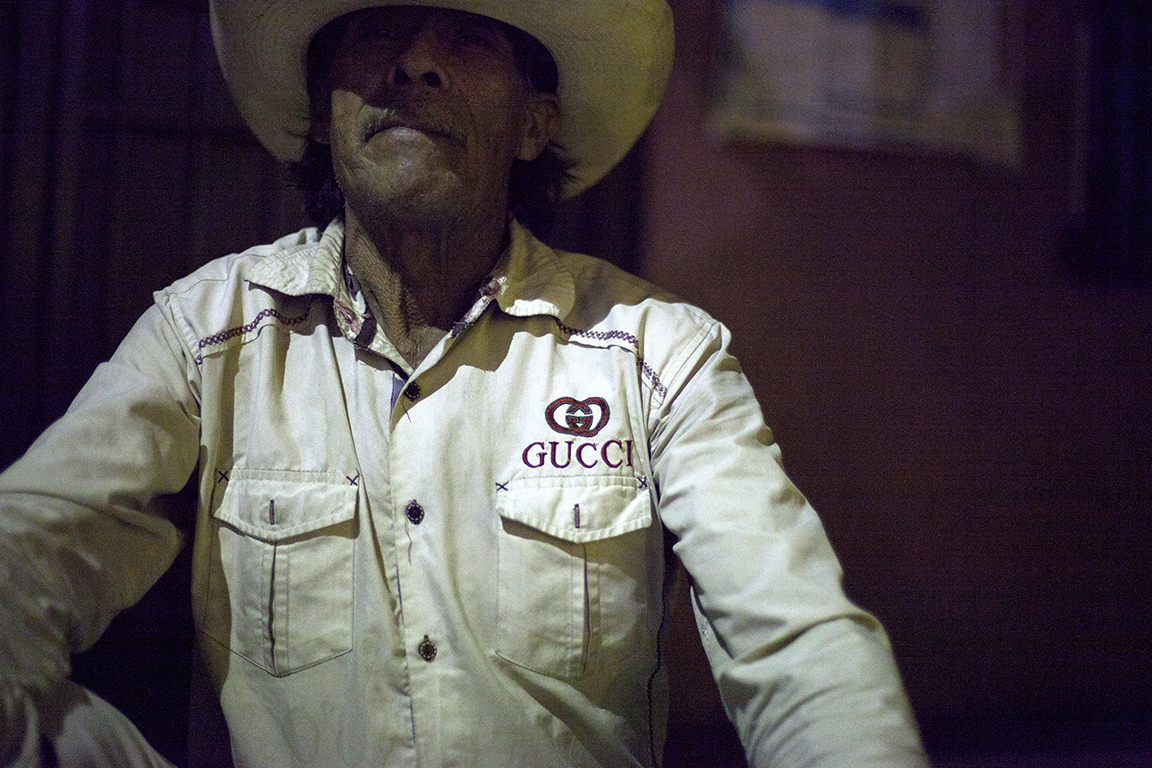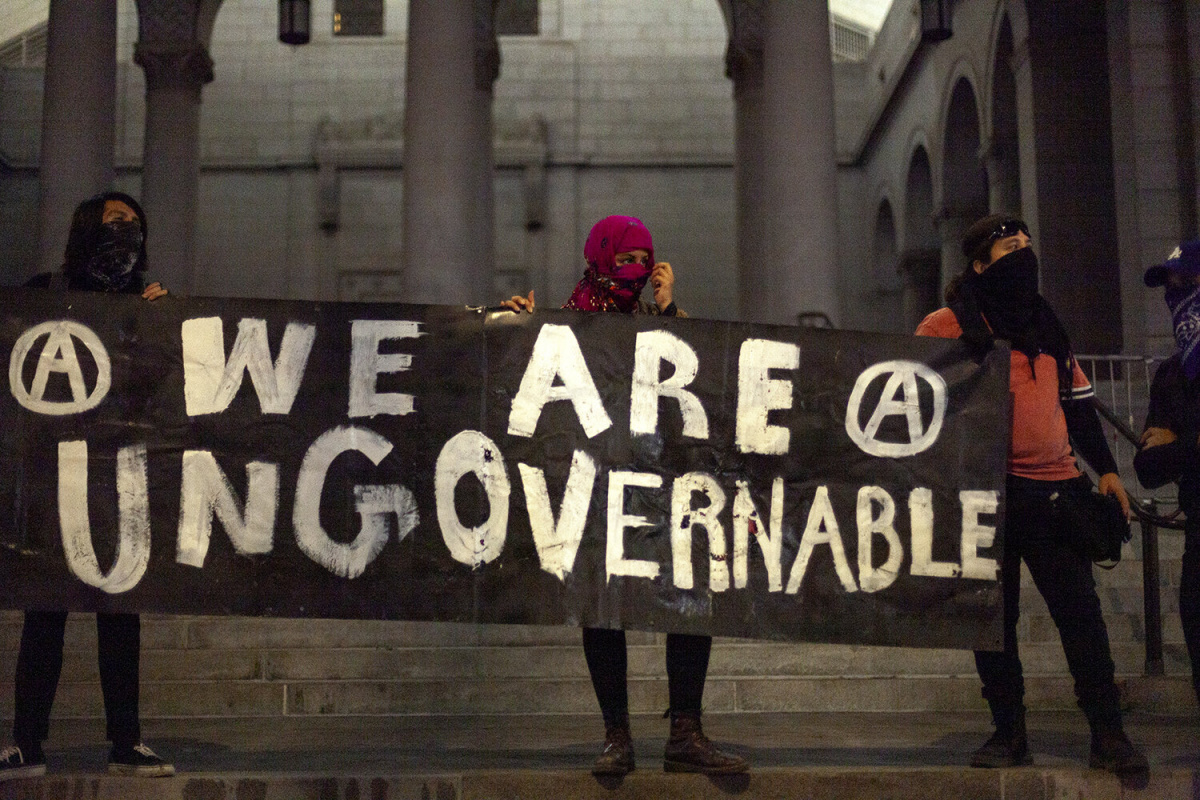Los Angeles is striving, teeming—a city full of people, trying to make it in movies, trying to make it by, and trying everything in between. Something undeniably intriguing lies beneath the liposuction and auto-tune of Hollywood. When the sun sets, artist Monica Nouwens gets in her car with her camera and drives around South East Los Angeles, beginning to uncover the layers of life in LA, street by street, photo by photo, person by person.
Monica has been living and working in LA since the ’90s, documenting the city, its inhabitants, and their challenges and successes. An activist at heart, Monica seeks to observe and interact with the people she photographs. “I am not trying to convince anyone of anything,” Monica says. “Throughout the decades, I have witnessed, recorded, and remembered as an archive South East Los Angeles’ continual synthetic landscape of dissonance and rejuvenation, political and environmental upheaval, decay, uprising, and radical organizing.”
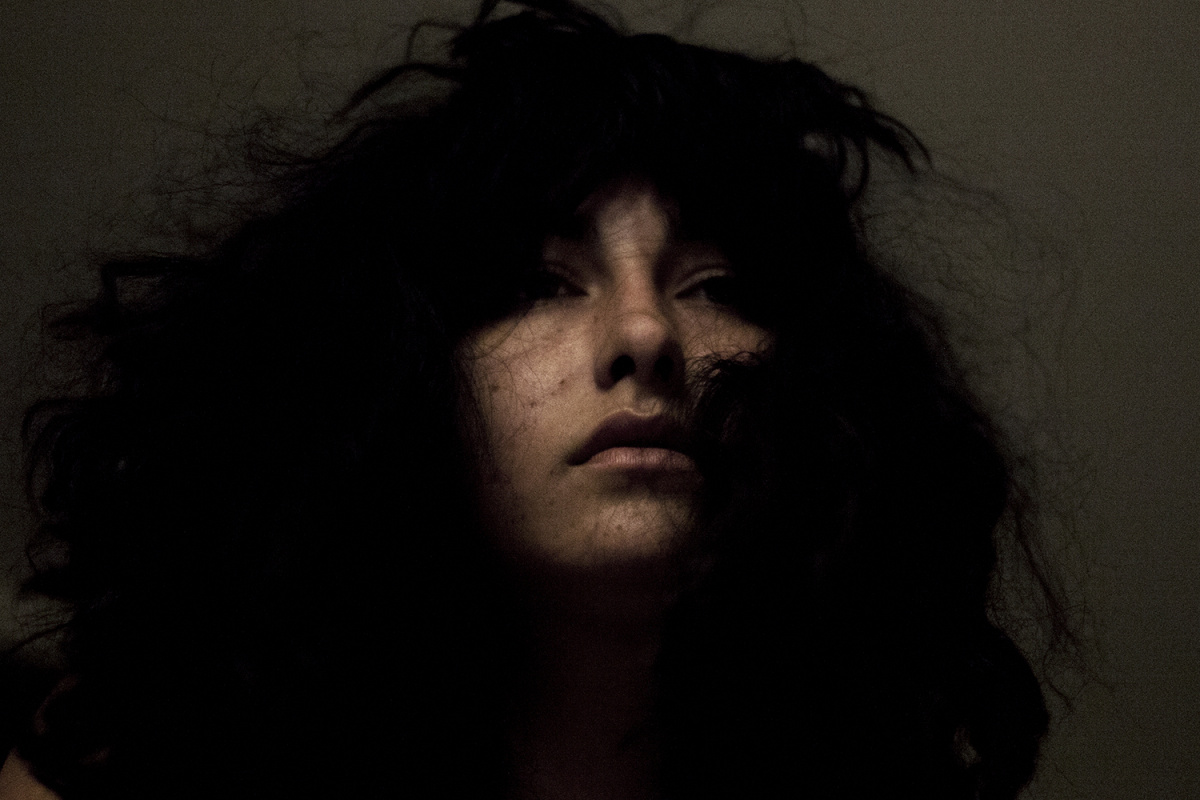
“There is a magnetic openness and generosity that Angelinos share. It is because of their generosity that this part of the city opens up to me,” Monica says. Dylan, “Gary Let Her Have Her Own Life.” Monica Nouwens
With a practice driven by connection, deliberately seeking commonality in one of the most segregated cities, Monica says she is able to unearth what we share on a human level: resilience. “Gary Let Her Live Her Life” is one of Monica’s photo series documenting the stratification of culture and class in LA and the humanity beneath it all. Inspired by the gritty, fragmented story of Gary and Fran in “You and Whose Army” from Hilton Als’ White Girls, the series shows South East LA at night in cinematic shots.
It’s personal and poignant, but Monica insists that it doesn’t have to say anything at all—that part is up to us. “If you look at it and you have questions, those are personal—that’s how you grow and share. I am not here to answer them,” she says. Really, the works are for the people they picture. The first people to see the photos are in fact their subjects. Monica turns the images into posters and puts them up all around the neighborhoods she captures to show the people a piece of themselves and return them for an instant to the moment they shared.
In some of her photos, especially the “Ecology of Cool” series, these posters are out in the community. “It’s about the interaction—it’s about us, making something together,” she says.
- Silver, “Ecology of Cool.” Monica Nouwens
- East LA, “Gary Let Her Have Her Own Life.” Monica Nouwens
- Portia, “Gary Let Her Have Her Own Life.” Monica Nouwens
- Angeles National Forest, “Gary Let Her Have Her Own Life.” Monica Nouwens
- Bandini Boulevard, “Gary Let Her Have Her Own Life.” Monica Nouwens
- Matta, “Gary Let Her Have Her Own Life.” Monica Nouwens
- Gloria, “Gary Let Her Have Her Own Life.” Monica Nouwens
- E 57th St, “Gary Let Her Have Her Own Life.” Monica Nouwens
- Benny, “Gary Let Her Have Her Own Life.” Monica Nouwens
- Bananas, “Gary Let Her Have Her Own Life.” Monica Nouwens
- 15th Street, “Gary Let Her Have Her Own Life.” Monica Nouwens
- Santee, “Gary Let Her Have Her Own Life.” Monica Nouwens
- Gucci, “Gary Let Her Have Her Own Life.” Monica Nouwens
- We Are Ungovernable, “Ecology of Cool.” Monica Nouwens
